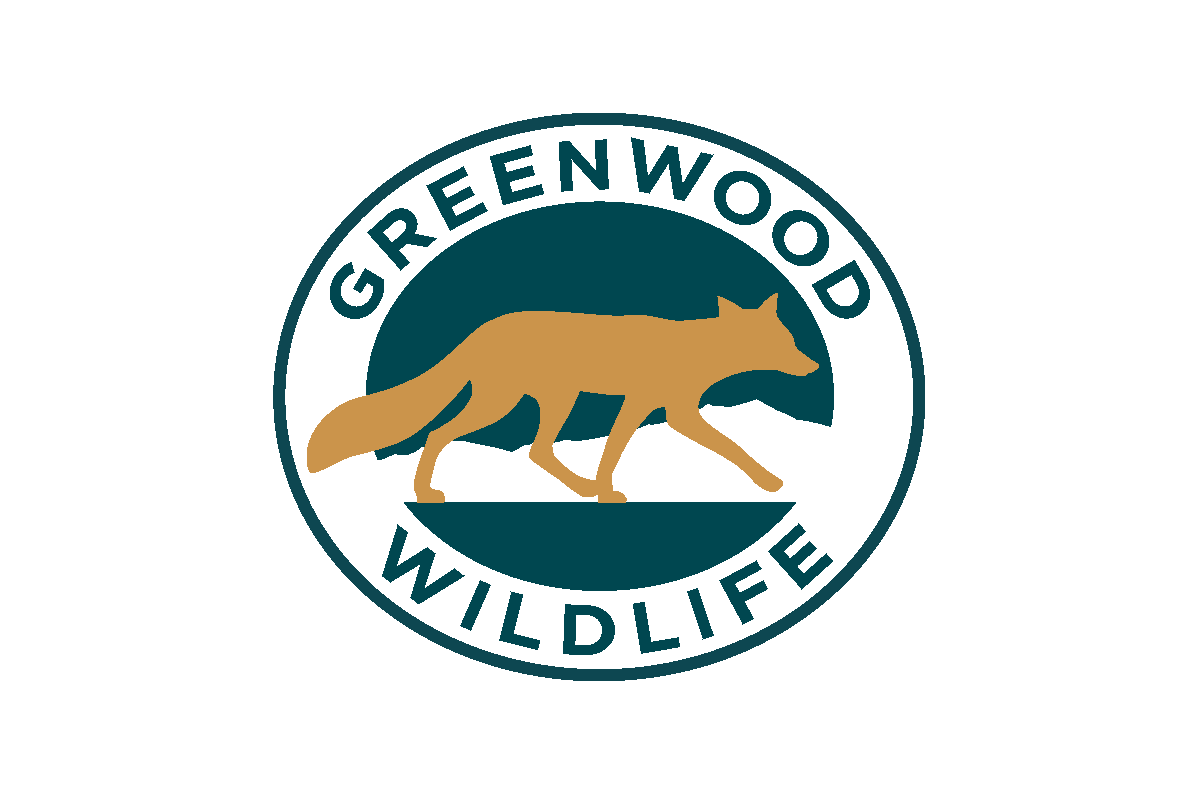Coloradoans are used to wildfire. They are a natural part of our arid climate, but lately, the severity and frequency of these fires have exploded. Factors such as climate warming and fire suppression have intensified wildfires. After the Australian bush was engulfed in flames in 2020, many saw a flash of burned koalas and wombats flash across the news. You may wonder what you can do for wildlife if a fire occurs near you.
For wildlife across the globe, this natural phenomenon is nothing new. Many species in Colorado have found ways to escape thanks to the diversity of habitat that dots the land. The blaze of a moderate fire often spares wetlands and patches of forest with low fire fuels. These areas are often a haven for animals in these events, as was seen when the Cameron Peak fire broke out. Colorado Parks and Wildlife monitored an entire herd of elk that would linger at the fire’s perimeter, near their seasonal feeding range. For habitats such as the bush in Australia, these safety pockets are much more intermittent and the fire can travel more quickly with highly combustible, dry plants.
Sometimes wildlife uses backyards and green spaces near neighborhoods as a safe place to rest when fleeing a fire. They often prefer habitats away from human activity and won’t stay long – if we take the appropriate measures. There are a few ways to be a friend to the wild animals that are escaping wildfire.
Remove all food attractants surrounding your home.
It is best to avoid conflicts by eliminating any edible items that may prompt animals to stick around longer than they are welcome. Feeding wildlife intentionally (or not) can cause harm to the animal’s well-being in the long run. Some wildlife experts will recommend folks leave water out for fleeing animals. If you do leave water in your yard, only do so for a week or two so that animals do not make a habit of returning.
Leave a box and old towel in your car in case you come across an injured animal.
While burn victims from Colorado wildfires are rare, you can prepare yourself if you come across an animal in need. Be sure to call our center before containing the animal to keep yourself and the critter safe. Dial 303-823-8455 if you think you’ve found an animal in distress. After the 2020 wildfires, Greenwood Wildlife Rehabilitation Center only received one animal injured due to the fire. A Western Grebe was found in a chicken coop downed by the smoke, as residents were fleeing their mountain home. Luckily the animal recovered and was released back into the wild after receiving treatment.
In the long term, animals can struggle to find suitable habitats after a fire. For more specialized animals, the resources they need for survival are becoming harder to find with increased urbanization. Fortunately, many of the forest critters of Colorado are adaptable and can survive in less specialized habitats. For some species, the long-term effects of a fire can benefit them. The nutrients from the ash can bolster grasses and low-growing forbs that many forest species graze on.
Help encourage healthy habitat after the fires by volunteering!
The worst part of wildfire for the animals is the loss of suitable homes and food resources. Check out local restoration groups to learn how you can help.
Overall, the best thing to do for wild animals escaping a fire is to leave them alone. Wildlife has always lived with fire and for some species, it is even essential. When wildfire strikes, be prepared to help the animals losing their homes with these simple tips.

